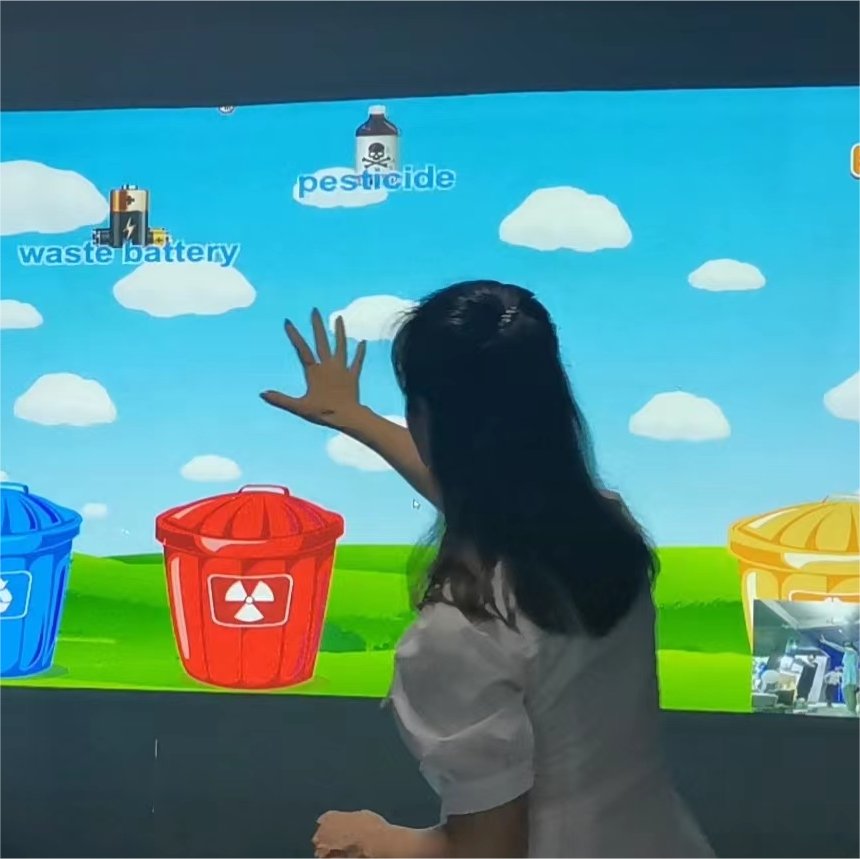Grab the virtual glue stick and enjoy the VR baseball world!
Introduction to VR Baseball Simulator
VR baseball simulator is a video game software based on virtual reality technology, designed to allow players to experience baseball realistically. This kind of simulator allows players to enjoy the fun and challenges of baseball as if they are in a real baseball field through devices such as head-mounted displays (VR helmets), handles or controllers.
Features of VR Baseball Simulator
1.Immersive feeling: VR baseball simulator uses high-definition virtual reality technology to allow players to feel the atmosphere of a real stadium. Fields, players, spectators, and other elements are rendered in a realistic manner, allowing players to fully immerse themselves in the world of baseball.
2.Interactivity and Reality: Players use the gamepad or controller as a virtual glue stick to swing, hit and throw the ball themselves. These actions are accurately captured and restored by VR technology, allowing players to feel the power and speed of hitting the ball and the accuracy of pitching in the game.
3.Multiple game modes: VR baseball simulators usually provide multiple game modes, including single-player practice, battle mode, and challenges. Players can choose different modes according to their own preferences and experience various baseball scenes and challenges.
4.Training and competition: For baseball fans and professional players, VR baseball simulator can be used as a practical training tool. Through simulation training, players can improve baseball skills, improve batting and pitching skills, and enhance responsiveness and tactical awareness.
5.Social interaction: Some VR baseball simulators support multiplayer online battles. Players can team up with friends or other players to compete, increasing the fun and challenge of the game. In addition, players can also communicate and interact with other players in the virtual venue, enhancing the social experience.
6.Entertainment and Education: In addition to being a form of entertainment, VR baseball simulators can also be used to educate and popularize baseball. For those who have never touched baseball, this simulator can be an entry way to learn and experience baseball, increasing interest and understanding of the sport.

Virtual reality baseball experience
In the world of VR baseball, you just put on a head-mounted display and hold a virtual glue stick to enter a lifelike baseball field. You can feel the solidity under the green field, hear the cheers and shouts of the audience, as if you are in a real baseball game. This immersive feeling allows you to completely immerse yourself in it, forget all the shackles of reality, and devote yourself to the baseball world.
In the world of VR baseball, you can become a baseball player, swing a virtual glue stick, and feel the power and speed of hitting the ball. You are challenged to hit the perfect home run in front of a virtual pitcher. You can experience the tension and excitement when you hit the ball, the joy when you succeed, and the frustration when you fail. Every shot is as real as it is. Moreover, through the real-time interaction of VR technology, you can also fight against other players and feel the real tension of the game.
In addition to being a player, you can also choose to be a coach or a referee to experience different roles. As a coach, you can coach your players, improve their technique, and increase the competitive level of your team. As a referee, you need to make fair decisions in baseball games, which requires your keen observation skills and calm judgment.
VR baseball is not just a form of entertainment, it can also be used for training and education. For baseball fans and professional players, simulated training through VR technology can improve their technical level and make them more comfortable in real games. For those who have never been in touch with baseball, VR baseball can be a way to understand and experience baseball, increasing interest and understanding of the sport.












Recent Comments